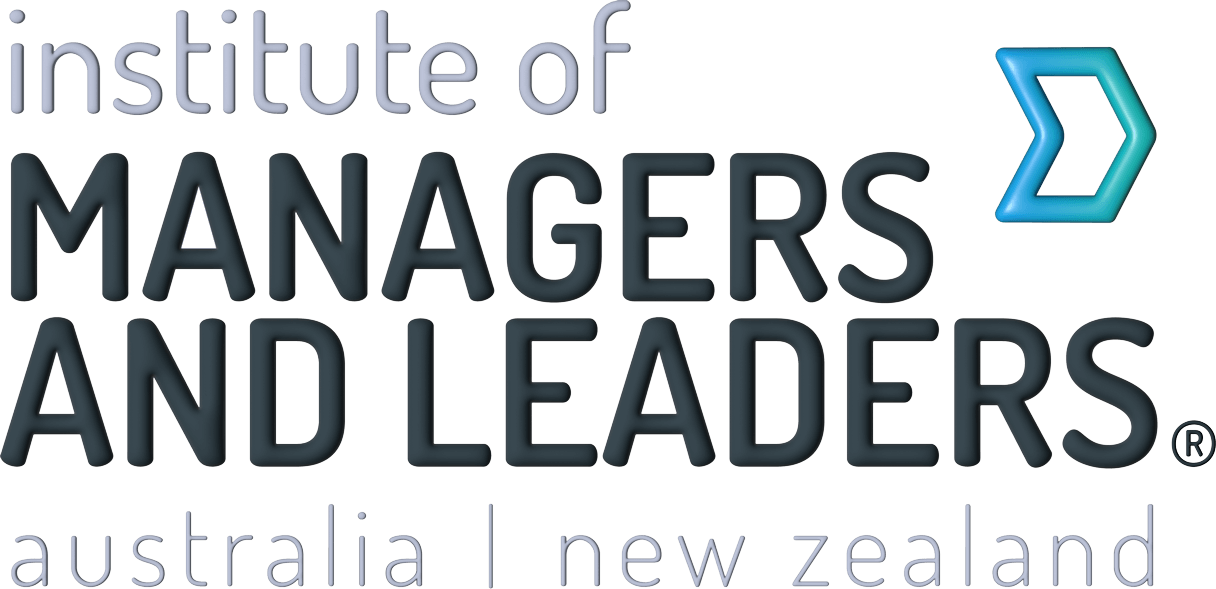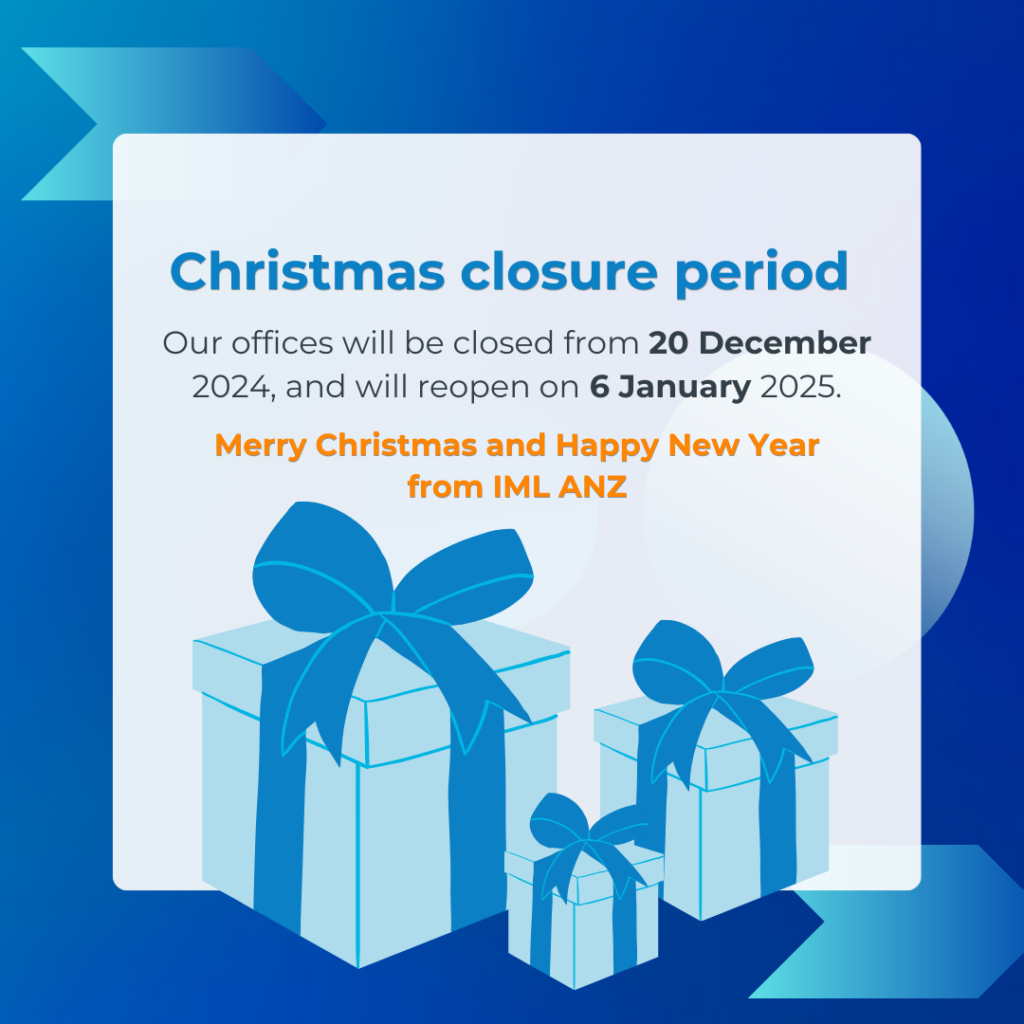It’s a saying that’s as old as they come, ‘two heads are better than one’. When two leaders succeeded at using a shared leadership model, it proves the wisdom in that adage. Yes, Deane Sloan MIML and David Reiss, have taken charge of their company, Equinox IT under the mantra of “two CEOs, one mission.”
How have they navigated the complexities and challenges of the co-CEO model? What do they think is the secret to successfully sharing the top job? They recently shared their thoughts at an IML ANZ Virtual Event.
Here are some highlights:
What were the driving factors behind the decision to adopt a co-CEO model?
After consulting with key stakeholders, the Equinox IT Board of Directors adopted this client-centric co-CEO model for the company to remain at the forefront of the changing work environment. The desire to bring client insights into the business strategy in real-time was another key aspect for considering a new leadership model. Also, part of the rationale was to align the change in leadership with the planning stages for the company. The timing was vital in their aim to get fresh thinking for the next phase of growth, as they were mindful that leadership changes could cause significant disruption.
How did they scope the roles, what was the process?
Both Deane and David had reservations about becoming CEO individually, given some of the traditional pressures of the role, but felt that a co-CEO approach would work. The key was to play to each other’s strengths.
Upon reflection, what they realised was how vital trust would be as part of the process. Not having the same visibility of day to day work, they prioritised getting to know each other really well.
Another critical piece of the puzzle was that their Board requested a Charter – an agreement first and foremost between the two CEOs and the Board on how the relationship would operate.
The Charter was established as something to come back to in times of uncertainty. Both leaders looked at risks and what could go wrong. With a clear head, they worked out the contingencies for those situations.
There is a big difference between management and leadership in this concept. While both leaders have already set up existing management structures that work well, the focus on leadership makes the co-CEO model different, which got a good test out this year with COVID-19.
What have been the key learnings?
- Share
the load. The task of
leading doesn’t stop with the co-CEOs but extends to their leadership team as
well. Having two CEOs allows David and Deane to empower more of their managers
and leaders – rather than to rely on an individual or a hierarchy. The model has
also removed single points of failure, and enabled time for them both to have a
life, and not just focus solely on the company. - Learn
from others’ experiences.
When you search for information about ‘co-CEO’ examples, the story appears
bleak. However, delving into the experiences of co-founders revealed the
insights that they needed to define their approach. - Giving
and receiving feedback is easier. Looking
at traditional CEO roles, there is often quite a bit of distance between the next
most authoritative level of leadership, which can make giving feedback a
challenge. The co-CEO model allows Deane and David to give each other feedback
and know that it always comes from a good place. They acknowledge that neither
of them is perfect but feel no compulsion to have all the answers. Instead,
they make the most of the opportunity to work with each other.
How has the co-CEO model withstood COVID-19?
The pandemic hit shortly after Deane and David came into their shared role. So they didn’t expect that they would have to deal with something like COVID-19 so quickly. But in the face of the most formidable challenge for businesses worldwide, the model has proved its resilience. Simple changes such as shifting focus from regional growth to nationwide performance kept the two leaders true to their ‘one mission’ mantra.
Having previously held regional general manager roles, the co-CEO focus meant that David and Deane could truly champion a sense of unity for the entire organisation – something that helped the company respond well to the effects of the pandemic. Any regional loyalty one of them might’ve had is replaced with a genuine concern for every part of the business.
They have also opened the lines of communication during the uncertainty of COVID-19. Both leaders put on a weekly ‘ask us anything session’, where they took questions on the impact on roles, pay and other areas of concern for the staff. This format wouldn’t have worked without strong understanding of their people. It could have become quite uncomfortable, but they were able to cover for each other and be there for the staff when they needed leadership the most.
What has made this model unique and effective for you?
Deane Sloan: I’m now getting to spend time with somebody that I respect and that helps lift my game. Possibly if I was in an isolated CEO role, I would have had to go outside the business to get that support.
David Reiss: The traditional CEO role requires so much time working internally that it can be hard to also be client-facing. By sharing the internal load, we can still actively work with our clients – and more easily bring our nationwide capability to them.



